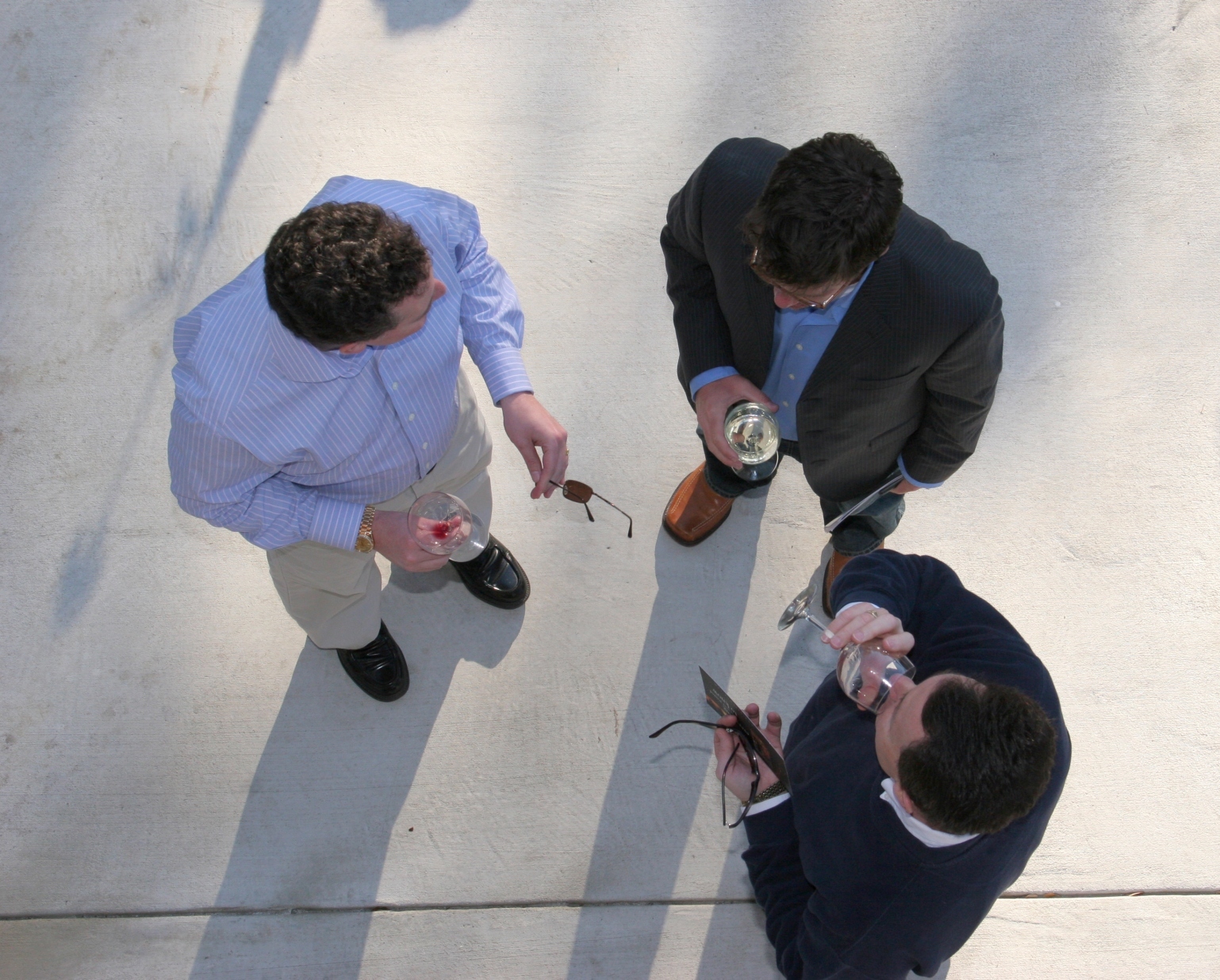Uses
- Helps create a more textured, sophisticated, and in-depth awareness than most traditional consumer research methods provide.
- Provides a human-centered approach.
- Helps reveal extreme users and new insights.
Description

Ethnography is the study and systematic recording of human cultures[1], and has its roots in anthropology. Ethnographic research is essential to the design process. It is not enough to ask users what features they want a product or service to have. Ethnographic research gives the researcher/designer the ability to use techniques like interviews, contextual inquiry, focus groups, and others to understand in-depth the user context(s).
Design inspired by observing real people living their real lives is not new. Designers—of products, fashion, service, space, or media—have long relied upon their observation of the world to understand what will resonate with the people they want to attract. The new part is that many businesses now feel that understanding consumers in context is a competitive necessity.
TIPS
- What are people really doing? Not just what people are doing, but how they do it.
- Look at something with fresh eyes.
- Create a research protocol: questions, context, goals.
- Build rapport with participants/interviewees (ethically).
[1] “Ethnography.” Merriam-Webster. Merriam-Webster, n.d. Web. 19 July 2012. <http://www.merriam-webster.com/dictionary/ethnography>.